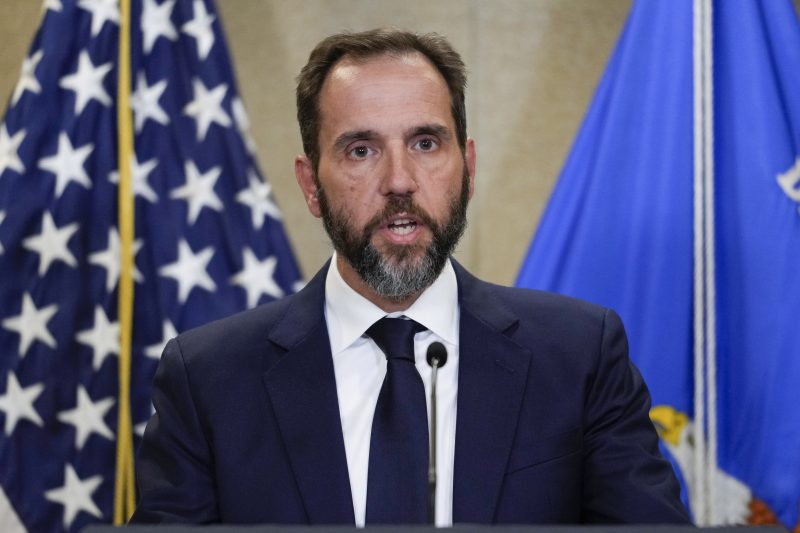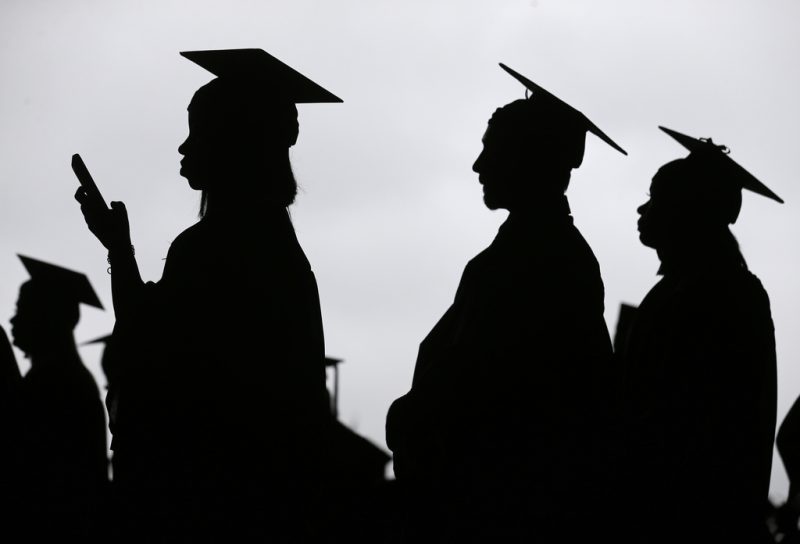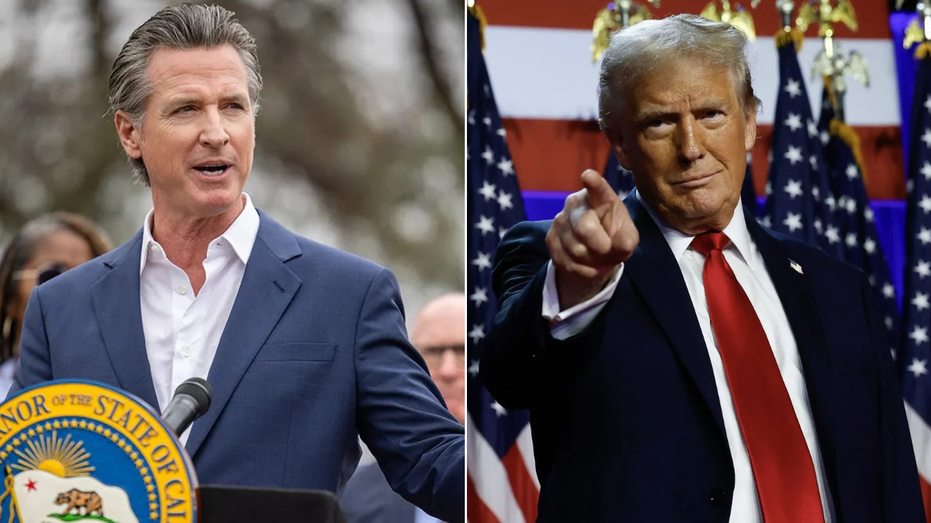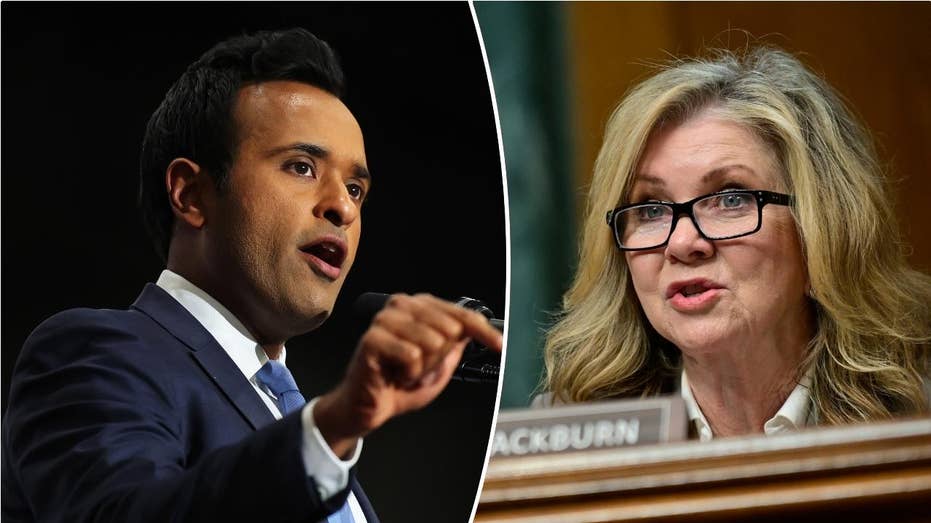WASHINGTON (NEXSTAR)— Millions of student loan borrowers must resume making payments on their loans.
The year-long grace period aimed at helping borrowers who are struggling to make payments ended on Sept. 30. That means borrowers must start making payments or they run the risk of going delinquent or going into default.
The Department of Education enforced the “on-ramp” period to ease the transition for borrowers after a three-year payment pause during the COVID-19 pandemic. It helped borrowers because they didn’t have to worry about the risk of defaulting or damaging their credit score.
White House Press Secretary Karine Jean-Pierre said the president took “historic action” to help borrowers and provide relief.
“In the wake of a one-in-a-century pandemic, the Department of Education paused loan payments as the economy recovered,” Jean-Pierre said on Monday. “It hasn’t expired. It’s been 12 months.”
Now that the grace period has ended, there are still some options for borrowers who can’t afford to make payments. They can apply for deferment or forbearance, which pauses payments, though interest will continue to accrue.
“For those still facing challenges returning to repayment, the department has implemented an aggressive strategy to support borrowers,” Jean-Pierre said.
The Department of Education also offers several plans for repaying federal student loans. Borrowers can check to see if they qualify for an income-driven repayment plan or the Public Loan Forgiveness Program.
The Fresh Start Program also ended this week. It was set to expire on Sept. 30, but the Department of Education extended the deadline until Oct. 2 at 3 a.m. because of issues with the website. The program allowed borrowers to remove their loans from default and enroll in income-driven payment plans or apply for deferment.
The Associated Press contributed to this report.






Leave a Reply